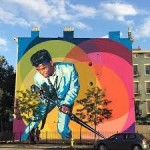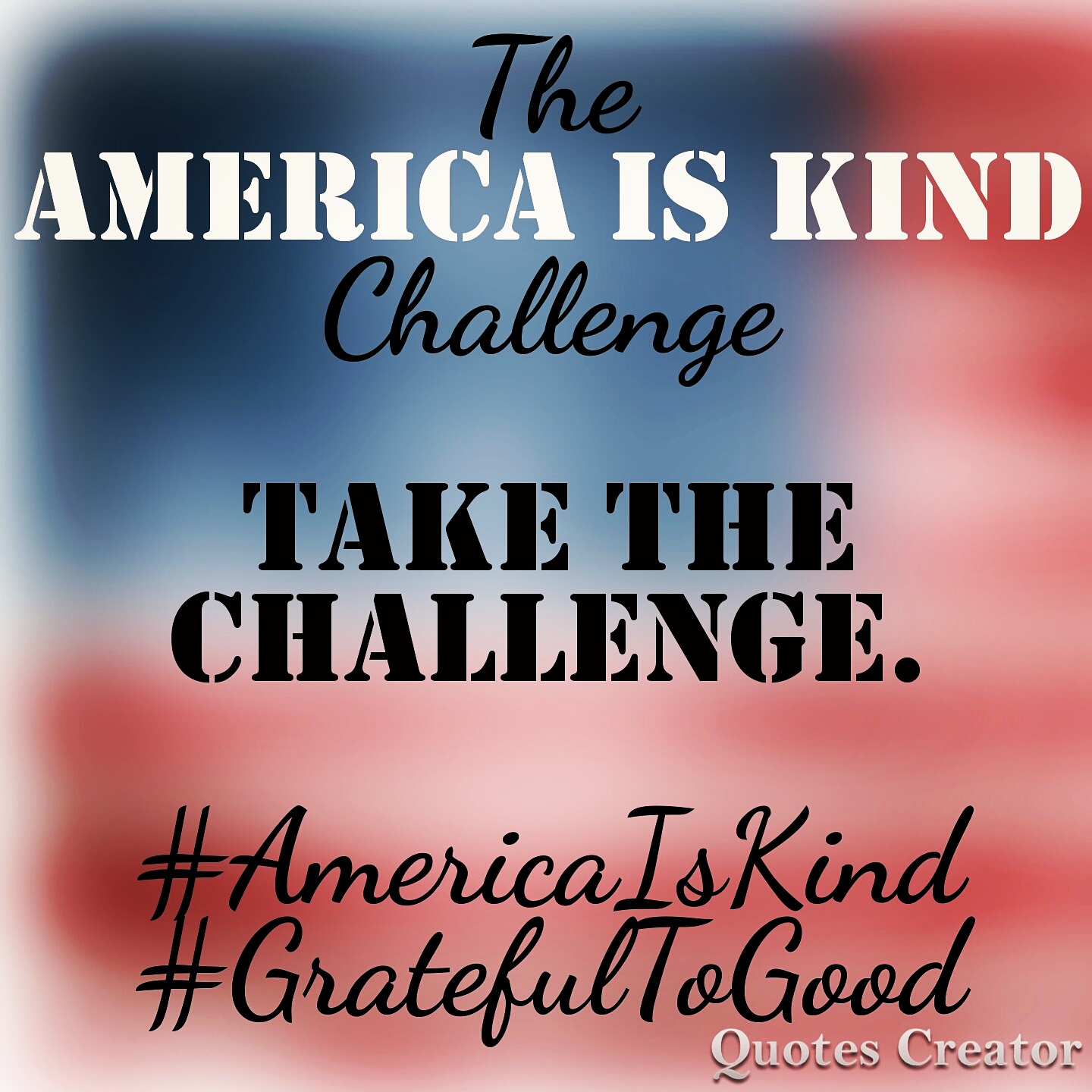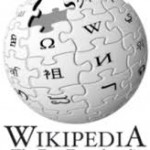A guest post by Jaime Marich, Ph.D.
I didn’t receive messages growing up that dancing was bad. I’ve heard
many people brought up in rigidly religious legalism share that they were
raised with this belief; it was not my experience. Both of my parents were
rigidly religious in their own ways—my mother a Roman Catholic and my
father a devout Evangelical Christian (he left Catholicism when I was
five). Even though both drove me nuts with their convictions, I credit
both of my parents for fostering my involvement in the arts. For Mom, it
was promoting participation in Slavic folk dancing and music, and Dad
supported my desire to pursue figure skating. In my experience with their
respective religions I never expressly learned that dancing was “bad.”
Creativity, however, was…
One of my favorite working definitions of creativity is the pursuit of
thinking, feeling, and living outside of the proverbial box. Those boxes
are imposed on us by a variety of societal constructs—legal, political,
cultural, religious, and ethical. I am the first to admit that some of
these boundaries are productive in keeping others and myself safe. For
instance, as a psychotherapist I am charged by ethics to keep appropriate
boundaries with my clients. “Thou shalt not kill” is a commandment that I,
for one, take seriously. Yet most of the “boxes” I’ve been shamed into,
especially by religion, popular culture metrics (e.g., “Thinner women are
most desirable”), and professional standards (e.g.,
“Quantitative empirical research holds more scientific value than
qualitative experience”) suffocate me.
After 35 years of living within various institutions and pursuing many
religious/spiritual path, I’ve learned that when I try to live within
someone else’s constructed “box,” my tendency is to become restless,
irritable, ill (physically and mentally), and cut off from the Divine. In
such states, I am unable to genuinely pursue and connect with the Divine.
So many times in my experience these boxes were presented to me as
existing “for my own good.” It took a while for me to realize that this
same line is also used as a coercion tactic by a variety of abusers and
predators.
In my experience, making music and flowing with free form dancing have
been the two most powerful mechanisms of healing that I’ve explored in the
past three years of my recovery journey. The songs I’ve written from when
I first stumbled to put three chords and a tune together show a
progression from a wounded girl who approached God with fear to an
evolving woman who comes before God with a new reverence, forged in trust
and love. Dancing has yielded similar spiritual benefits. As a child I was
trained in a variety of dance forms that prompted me to learn and to
master steps, commensurate to the “follow the rules” steps I heard in
church for staying out of Hell. Even as I explored some other paths
outside of Evangelical Christianity, I noticed many of the same,
patterned deliveries for “experiencing the full rewards of heaven,” of
“achieving enlightenment” being thwarted upon me.
In my adult life, I found myself wanting to dance but I struggled to find
a dance form that really worked for me. I tried going back to adult ice
dancing, took up ballroom dancing at some point, and attempted more
structured programs like Zumba fitness. All of these pursuits came with
limitations and ultimately didn’t speak to my soul. A few years ago while
on a yoga retreat, I discovered the genre of conscious dance—free form
movement with meditative intention taking place within a group class. My
first class in a conscious dance form roped me in immediately! I was able
to dance however I wanted, like I might at a dance club, but without the
trappings of alcohol, drugs, and the superficiality of needing to “look
good” while dancing.
After exploring several conscious dance forms I ultimately created a
practice called Dancing Mindfulness, an experience in meditative movement
that uses improvisational dance as a channel for exploring, practicing,
and cultivating mindful awareness. Whether I’m practicing Dancing
Mindfulness personally in my own space at home or leading the group in a
collective practice, the aim is to recreate some of that joy we may have
experienced as children, just naturally going with the flow as our bodies
respond to music. The hope is that those practicing Dancing Mindfulness
can just be in the moment with their experiences of music and movement
converging, breathing through any judgments or pre-conceived notions about
what they “should” be believing about themselves or the
relationship between themselves and the Divine.
My official statement in Dancing Mindfulness is that we honor all
spiritual paths that promote goodness to humankind. The fact that Dancing
Mindfulness classes and facilitator trainings attract a wide mix of people
from the very religiously devout to atheists (who report that they can
still participate because they are given the choice to opt out of the
spiritual components of the practice) warms by heart. Dance has helped me
to heal from the wounds of spiritual abuse by allowing me to access my
creativity in concert with the Divine. I never feel closer to God then
when I dance, and in this practice God whispers powerful messages to my
heart about the healing available to me.
A member of a social media group
in which I participate recently shared a beautiful phrase with me:
spiritual viscosity. When I dance, this spiritual viscosity surrounds me,
and it’s an experience that this member (and others) seems to echo.
Viscosity is what allows for flow—within, throughout, over, under, and
in dimensions that I have not yet encountered in the spiritual realm. So
much of dances allows me to “go with the flow,” which is a logical place
of healing in the spiritual realm after being confined for so long.
In dance, the God of my understanding tells me that my creative
tendencies are spiritual assets, not deficits, which I can use to serve
others. What’s even more spectacular is that I can just as easily get
these messages dancing to an old Gospel hymn from my youth as I can
dancing to a Top 40 hit. God uses so many paths to reach me—that is the
genius of God’s spiritual viscosity generated by movement. I could never
imagine going back to the box!
Dr. Jamie Marich is a licensed professional clinical counselor
specializing in the treatment of trauma, addiction, and spiritual abuse
issues. She is the creator of the Dancing Mindfulness practice and author
of four books, most recently Trauma Made Simple: Competencies in
Assessment, Treatment, and Working with Survivors. For more on Jamie and
her work, please go to www.jamiemarich.com or www.dancingmindfulness.com.












